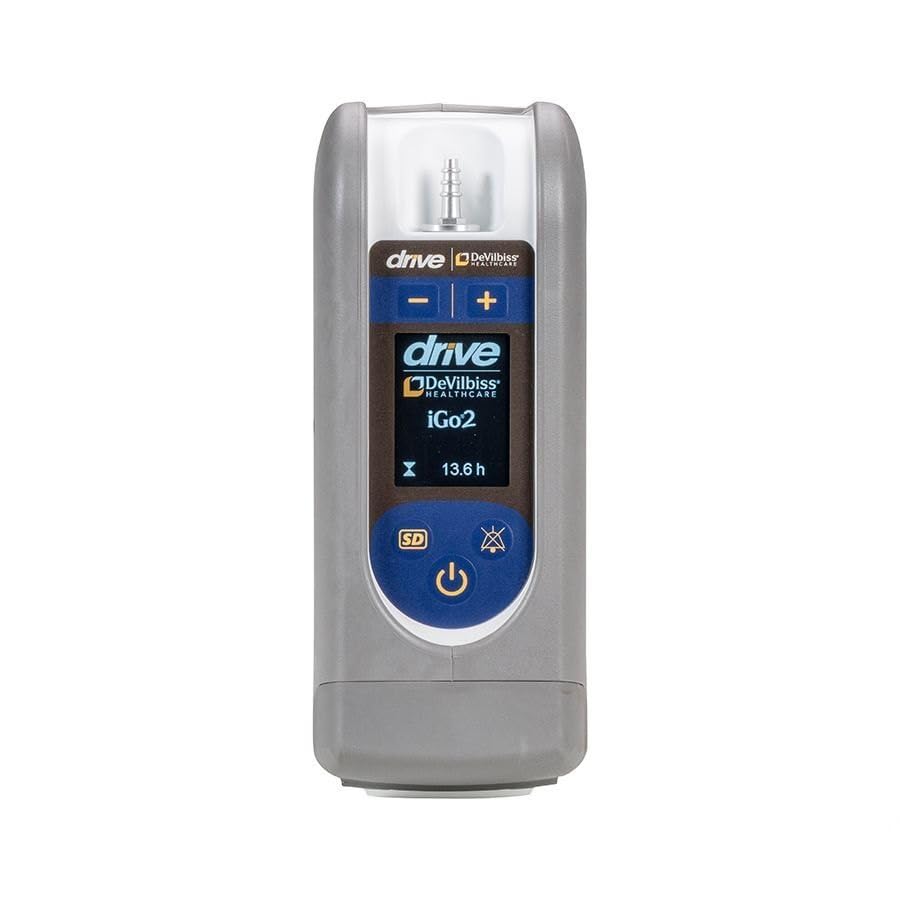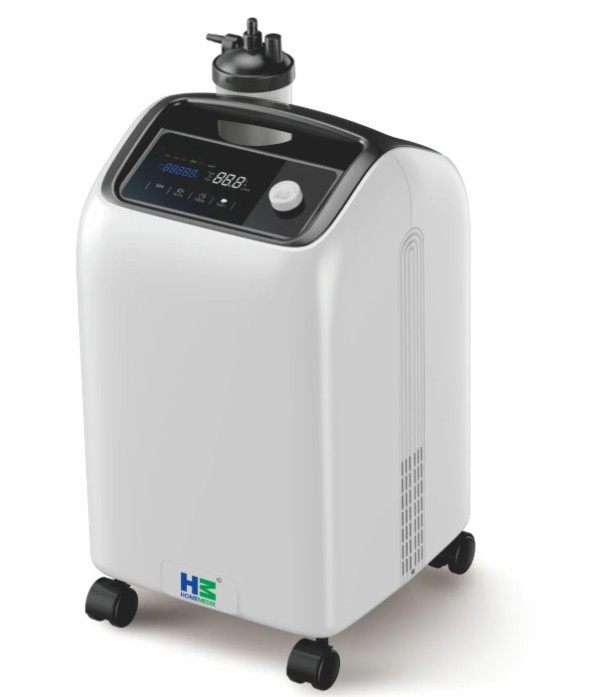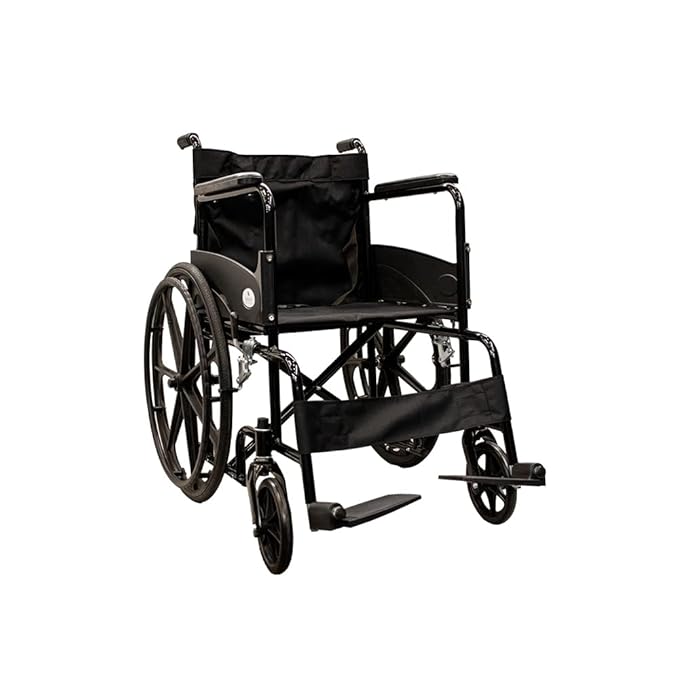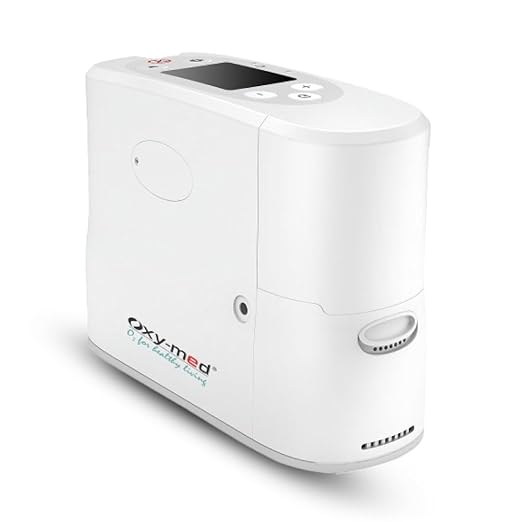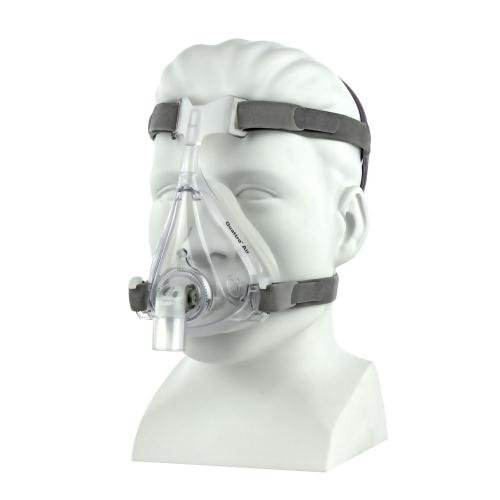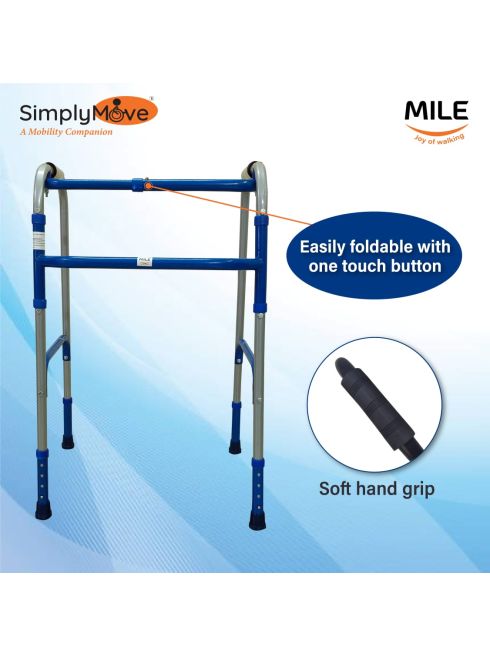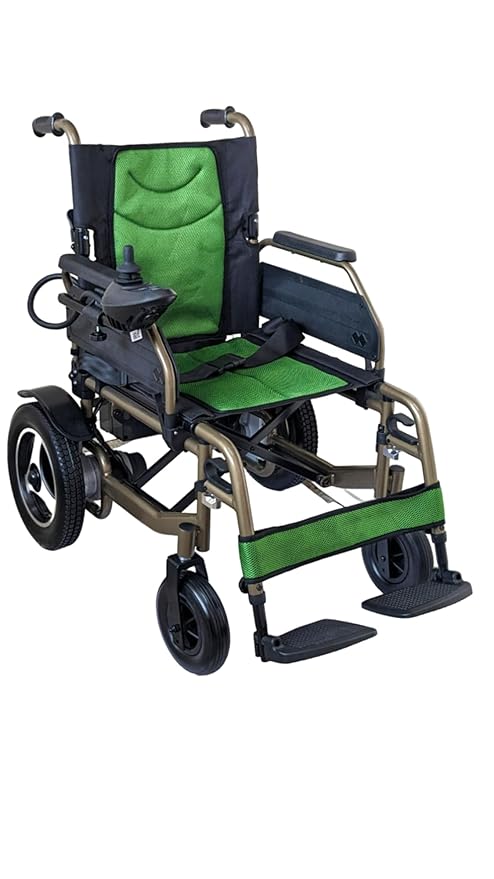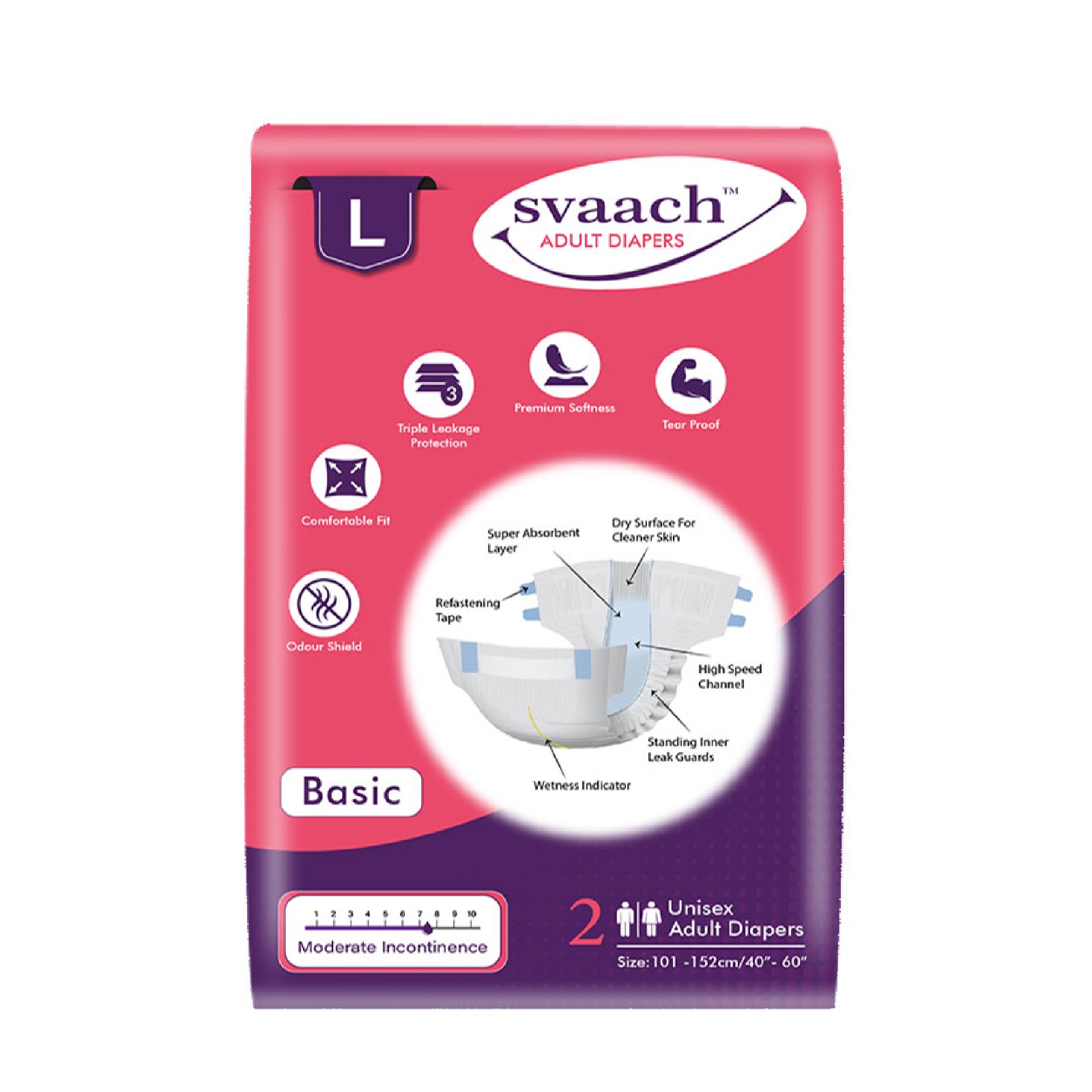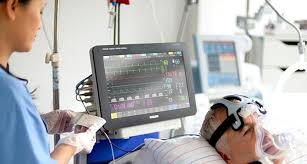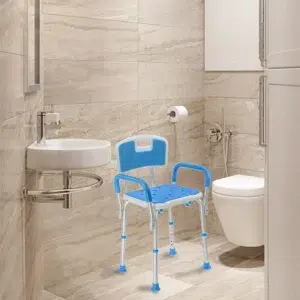The revolution in medical technology has changed the healthcare landscape for the better. We all remember the COVID-19 pandemic, right? Well, this period drove unprecedented expansion in online collaboration and technological connectivity. This trend can also be seen in the growth of remote patient monitoring (RPM) as well.
Today, it is easy for a healthcare organization to find a reliable real-time health monitoring system provider and use their equipment and software efficiently. Even smaller organizations can work with large RPM providers that host many organizations and still achieve their goals.
With this in mind, let us focus on insights that will bring a clear understanding of what a real-time health monitoring system is, what it entails, and its benefits.
What Is a Real-Time Health Monitoring System?
This is medical tech that utilizes the internet of things (IoT) to provide two-way communication between remote patients and healthcare providers. It is designed to monitor the health of a patient in real time and transmit the data in real time as well.
A well-designed system measures the heart rate, temperature, and stress levels along with many other health parameters of the patient. Therefore, it is a sophisticated system that synchronizes various systems such as a monitoring device and an app.
Any healthcare center can have a real-time health monitoring system if it targets taking care of patients remotely. But the most important thing is to understand how this system works. By the end of this article, you will have detailed insights on how to incorporate a real-time health monitoring system in your organization.
Structure of a Real-Time Health Monitoring System
If you are planning on acquiring the best real-time health monitoring system for your healthcare organization, then you must understand more about its structure. Although a healthcare solution expert will help you to get the best system, you must ensure that it meets all your needs. The main aim, as mentioned, is to tap into IoT to monitor patients remotely and give them the best healthcare services. Here is the structure to focus on.
Integration with tech designs
A real-time health monitoring system works with various hardware options such as wearables, healthcare monitoring devices, and the like. Ensure that your system can be used with common devices that are accessible to remote patients.
Fortunately, most modern health monitoring systems are highly compatible with such devices, especially if they are designed and made by a professional healthcare solution provider company. It is even better if you can provide remote patients with specialized monitoring devices that work well with your system.
A mobile app or web portal
An important part of a real-time health monitoring system is the interface that the patients and healthcare experts will interact with. Patients might not know the details about the structure but will appreciate a user-friendly mobile app or web portal.
Therefore, ensure that patients can log in easily and navigate quickly to all services. Additionally, the system should provide all the information they need such as their health history, real-time vital information, and other reports to help them in their recovery journey.
Internet access and data transmission
Another important part of the structure is the data transmission, which is carried out over the internet or various wireless data transmission methods such as Bluetooth. Ensure that your system is highly compatible with such technologies for efficient real-time monitoring.
Your service provider can advise you on the latest technology that will enable smooth data transmission. This guarantees that patients and healthcare experts can access accurate real-time data 24/7. Fortunately, most areas now have internet coverage, which is crucial for this connectivity.
Reporting and analytics
Why is reporting important? Well, both remote patients and healthcare providers need to know more than just the biometrics displayed on the monitoring devices. Reports and analytics offer more detailed information and comparisons and even suggest the best possible way to improve health.
If you want to empower your remote patients to make decisions and participate in their health management journey, ensure that your real-time health monitoring system can provide a variety of reports and analytics.
Technical support
Another important thing to check when designing a real-time health monitoring system is the technical support. All tech systems are prone to failures here and there. Therefore, make certain that you have a form of 24/7 technical support.
Remote patients need systems that are not down for long so that they do not miss any crucial monitoring, especially when trying to manage chronic illnesses, recover from surgeries and injuries, or just maintain a healthy routine.
Regular updates
The last important element of a real-time health monitoring system’s structure is regular updates to make the system better, eliminate security threats and breaches, and also ensure overall efficiency. Some updates add new features, and patients must be trained on how to use them.
Verify that your healthcare solution provider offers regular updates when they are available. This means your real-time health monitoring system will be invaluable for many years and can help you grow your healthcare center.
How to Choose a Real-Time Health Monitoring System Provider
Real-time health monitoring system providers are often programmers and developers specialized in healthcare tech solutions. They understand all the needs of the healthcare sector and have various products, with RPM solutions being one of them. Furthermore, they can customize such a system to suit your organization’s unique needs while maintaining efficiency. If your organization is looking for a real-time health monitoring system, then you should plan to work with professionals with the following qualities.
- Expertise and experience – Two important qualities of a reputable healthcare solution provider are expertise and experience. All developers should be qualified, and a number of them should have significant experience. Most importantly, the project manager must know how to handle your project and deliver a real-time health monitoring system with 100% efficiency and room to accommodate your growing needs.
- User-focused experts – Although your organization becomes the client upon signing a deal with the developer, the main focus of the developer should be on the future users. As they make the system, they should ensure that it is user-friendly, smooth, and detailed to provide an efficient remote patient monitoring system.
- Affordable service – Lastly, the service provider should charge fairly so that the healthcare organization can get value for their money. Such projects are often costly but should be within the budget lines. As the client, be sure to discuss the costs for all the milestones until the project is completed. With this, you can plan well and avoid stalling the project before it is completed.
How to Design a Real-Time Health Monitoring System
Before commissioning the real-time health monitoring system experts to come up with a system, you should both agree on the design, structure, and all details of the project. A remote patient monitoring system should meet the needs of the organization and its intended patients. So, focus on the following areas to create the best system.
- Check your organization’s needs – So, what do you want to achieve with a real-time health monitoring system? It is easy to say that you want to monitor your patients in real time; however, being specific about what you want will make the project proceed smoothly. The resulting system will be very efficient. Write down all your specific needs and consolidate them into one list, which will guide the developer.
- Examine an existing real-time health monitoring system – It is wise to have a benchmark of a successful real-time health monitoring system. If you know of one, obtain permission to access and scrutinize it in detail to discover the unique features it has. In fact, you can talk to the medical professionals who use it to give you all the details including the pros and cons of the system. From here, you can easily design a more efficient system for your organization.
- Think about modern tech innovations – What technologies do you want to include in your real-time health monitoring system? Of course, you want the best you can get today, right? Be sure to consider them so that you can discuss them with the developer. Otherwise, you might end up missing important tech that would take your RPM system to another level.
- Discuss the devices to use – It is essential to determine the hardware devices your system will use. Will it use wearables or individual patient monitoring devices, or are there any other technologies that you should consider? The good thing is that you can research or let your developer guide you.
- Discuss the project timelines – Developing an efficient real-time health monitoring system can take some months. But it should not take so long as to incur unnecessary costs and delays. The developer should prove their commitment to realistic timelines and clearly explain how they will utilize the time.
Benefits of a Successful Real-Time Health Monitoring System
Once you are sure that you need a real-time health monitoring system and know how to find the best developers, you should know the benefits to expect. This portion of the article will shed light on the popular benefits of having a successful RPM system in your healthcare organization.
Makes access to care easy
All real-time health monitoring systems make it easy for patients to access care. Patients can access their health information and solutions remotely, especially if the system has a consultation feature or appointment-scheduling capability. Generally, this is a big breakthrough in the medical world because it connects doctors and patients in an easy way.
Facilitates self-management by patients
As mentioned, the RPM system has a user interface where patients can see biometric numbers and even generate reports. Apart from the information, advanced systems may also provide measures to take in specific situations whether you are managing a chronic illness, recovering from surgery, or just maintaining a healthy lifestyle. For this reason, the healthcare organization should come up with a robust system to promote such capabilities.
Improves the productivity of healthcare providers
An efficient real-time health monitoring system will definitely reduce the workload of the doctors and nurses, allowing them to focus on other things. Some of the services of the system are automated such as providing simple solutions in certain situations, which in return reduces unnecessary consultations. Healthcare experts can also provide fast solutions by looking at the reports.
Reduces the necessity for physical interaction
Believe it or not, a patient can pick up a new infection when visiting a hospital. However, an RPM system can eliminate this risk. It connects patients and healthcare experts remotely, reducing unnecessary physical interactions. The patient does not need to visit a hospital in many cases because they can monitor their health and find various solutions through the system.
Creates a source of revenue for the healthcare organization
RPM systems are not provided for free, especially when they offer real-time monitoring and solutions. The organization can obtain revenue in the form of subscriptions from patients. This creates another stream of revenue, particularly when an RPM system is marketed well or offers a guarantee of efficient services.
Implementation of a Real-Time Health Monitoring System
Once your organization obtains the best real-time health monitoring system, implementation is easy. This is the role of the service provider to ensure it kicks off smoothly. However, the healthcare organization should promote it to remote patients and encourage them to register.
Implementation may take some time, and the service provider should remain engaged to ensure that all first-time users — both doctors and patients — are trained on how to use the app.
Furthermore, the implementation process should identify the efficiencies and challenges observed in the project so that it can be aligned well. A new real-time health monitoring system will definitely have various challenges that should be addressed in time to enhance its efficiency and usability.
Lastly, long-term observation is necessary to identify areas that need improvement and suggest the best updates.
Conclusion
Having an efficient real-time health monitoring system in your health organization is very crucial in this digital age. If you have followed this article to the end, you now understand what this system is, how to design one, and the benefits to expect. Many healthcare organizations are tapping into IoT to reduce long queues at the hospital while serving many patients every day. If your organization has not introduced a real-time health monitoring system, it is time to think about one.
*****


